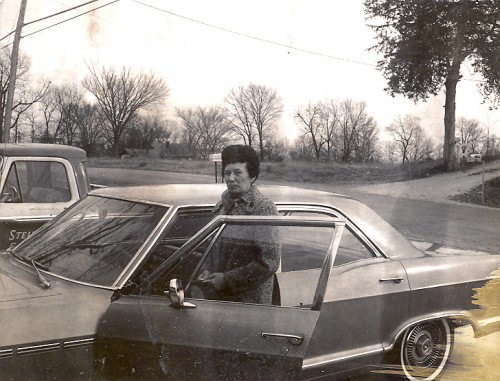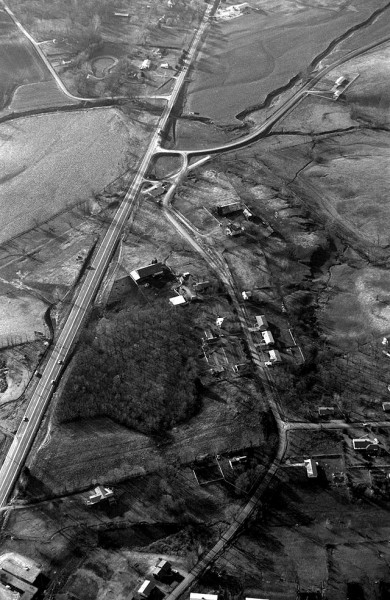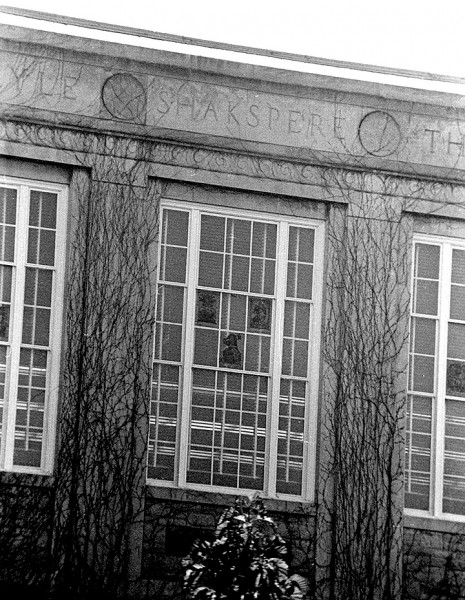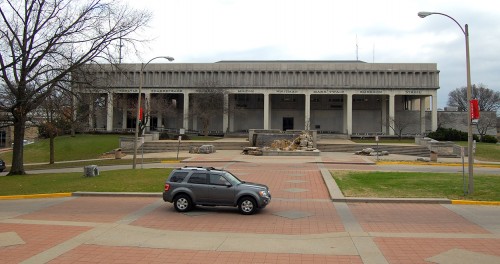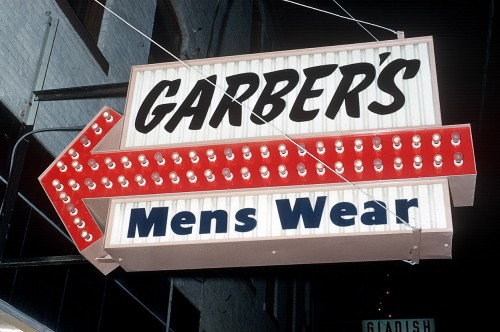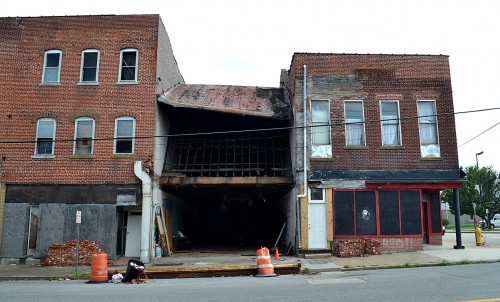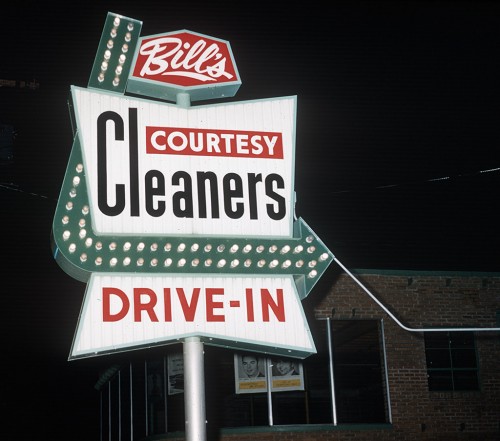 We’re dipping into Terry Hopkins‘ dad’s General Sign box again. This time I ran across two signs that shared a bunch of elements.
We’re dipping into Terry Hopkins‘ dad’s General Sign box again. This time I ran across two signs that shared a bunch of elements.
Bill’s Courtesy Cleaners was located at 1107 Broadway, more or less across from Houck Stadium. The cleaners were housed in one of two buildings built by Eddie Erlbacher shortly after World War II. I photographed the school board moving a big safe out of the second floor of the twin building to the east.
The property had an interesting past, detailed in a Fred Lynch blog in April 6, 2010.
Hirsch’s Midtown
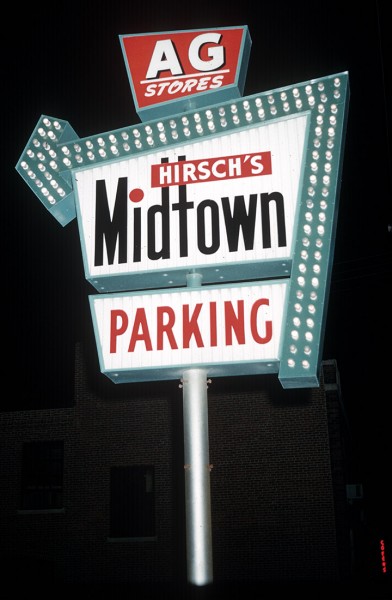 The Hirsch’s sign’s has the same arrow and basic shape. I wonder how many other businesses in the area shared those pieces / parts?
The Hirsch’s sign’s has the same arrow and basic shape. I wonder how many other businesses in the area shared those pieces / parts?
I did a post on Hirsch’s Midtown in 2012, and it generated quite a few comments. So many, in fact, I followed up with another story about the Hirsch Bros. No. 2, otherwise known as Hirsch’s Northtown.
It was better known to later generations as the Mule Lip or Margarita Mama’s. It’s a casualty of the Casino, but the Midtown store is still standing.
Mystery sign
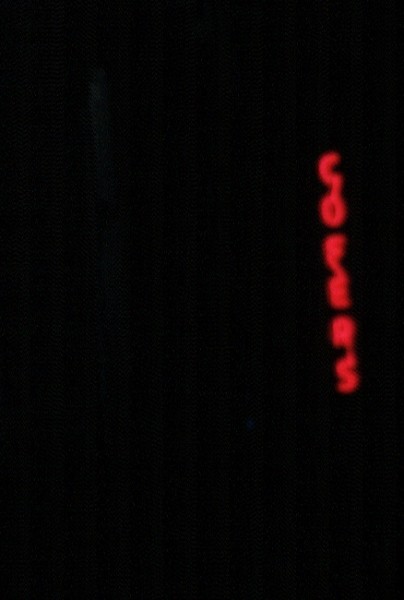 If you look closely at the bottom right of the Hirsch’s sign, there are some tiny red letters faintly visible. Blowing them up just makes them blurrier. The appear to spell COFERS. I looked at the 1968 City Directory and didn’t see any business in the 200 block of South Sprigg that came close to that.
If you look closely at the bottom right of the Hirsch’s sign, there are some tiny red letters faintly visible. Blowing them up just makes them blurrier. The appear to spell COFERS. I looked at the 1968 City Directory and didn’t see any business in the 200 block of South Sprigg that came close to that.
Ideas?
UPDATE UPDATE UPDATE
I usually post the blog at about 2 a.m., and after I’m done I check to see if Fred Lynch has updated his f/8 and Be There blog. I didn’t check it before going to bed, so I was stunned this morning to see his topic was “Cofer’s Men’s Store.”
I emailed him to ask if he had seen my topic and decided to piggyback it (we exchange links, which builds traffic for both of us, and it helps readers fill in the gaps).
His response: “Are you kidding? I’m in bed by 10 pm. You retired folks amaze me with your sleeping habits. Anyway, I am two weeks or more ahead with finished blogs so yes, quite a coincidence.”
Working people can be SO organized. I usually don’t start thinking about the next days’ post until around 9 p.m. the night before.

